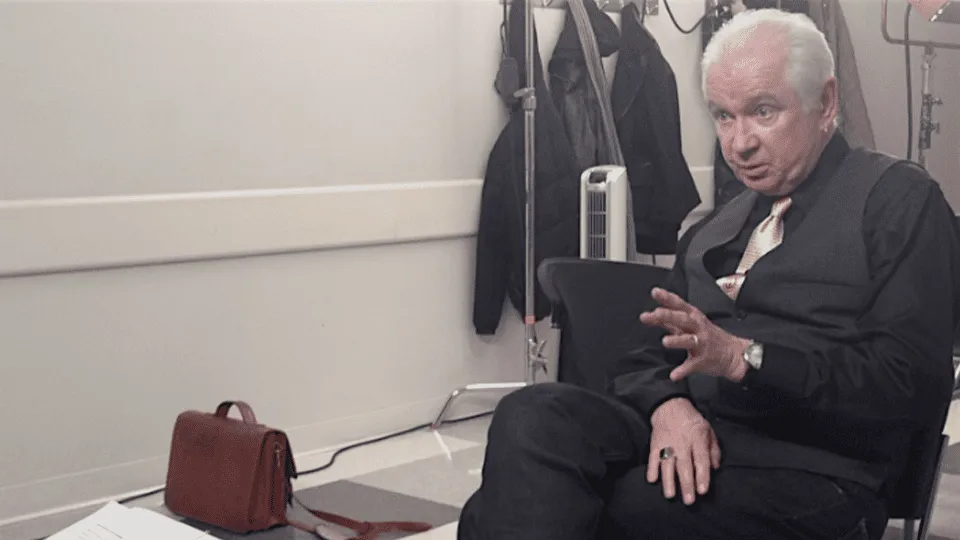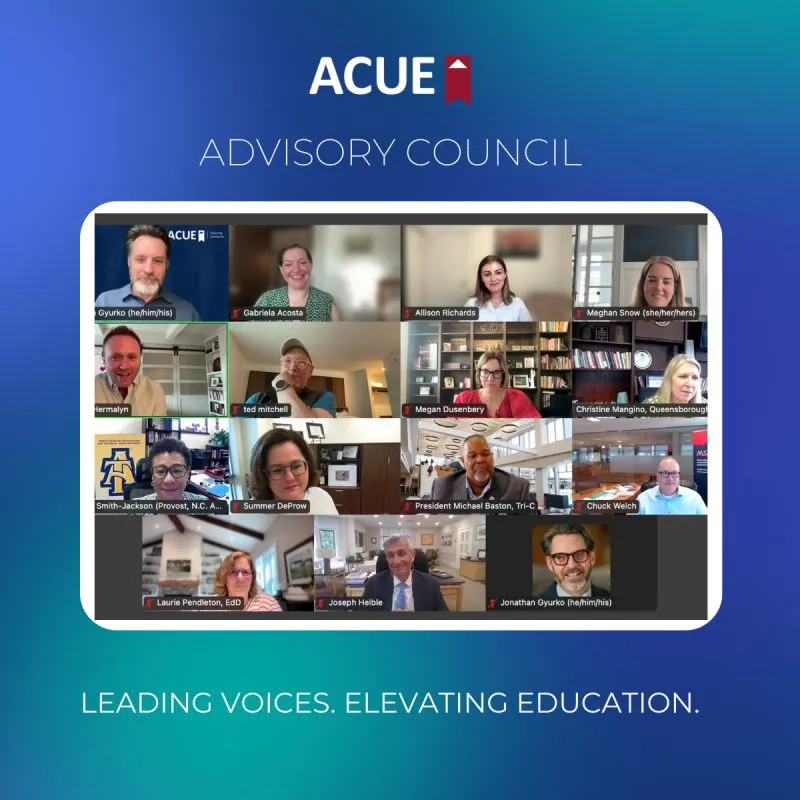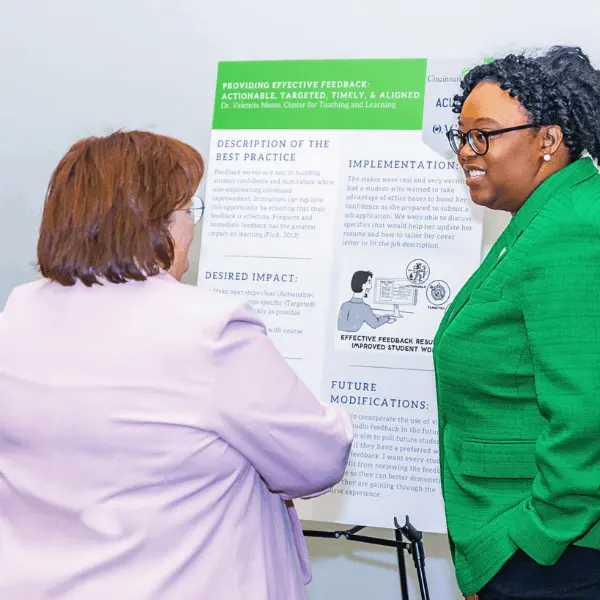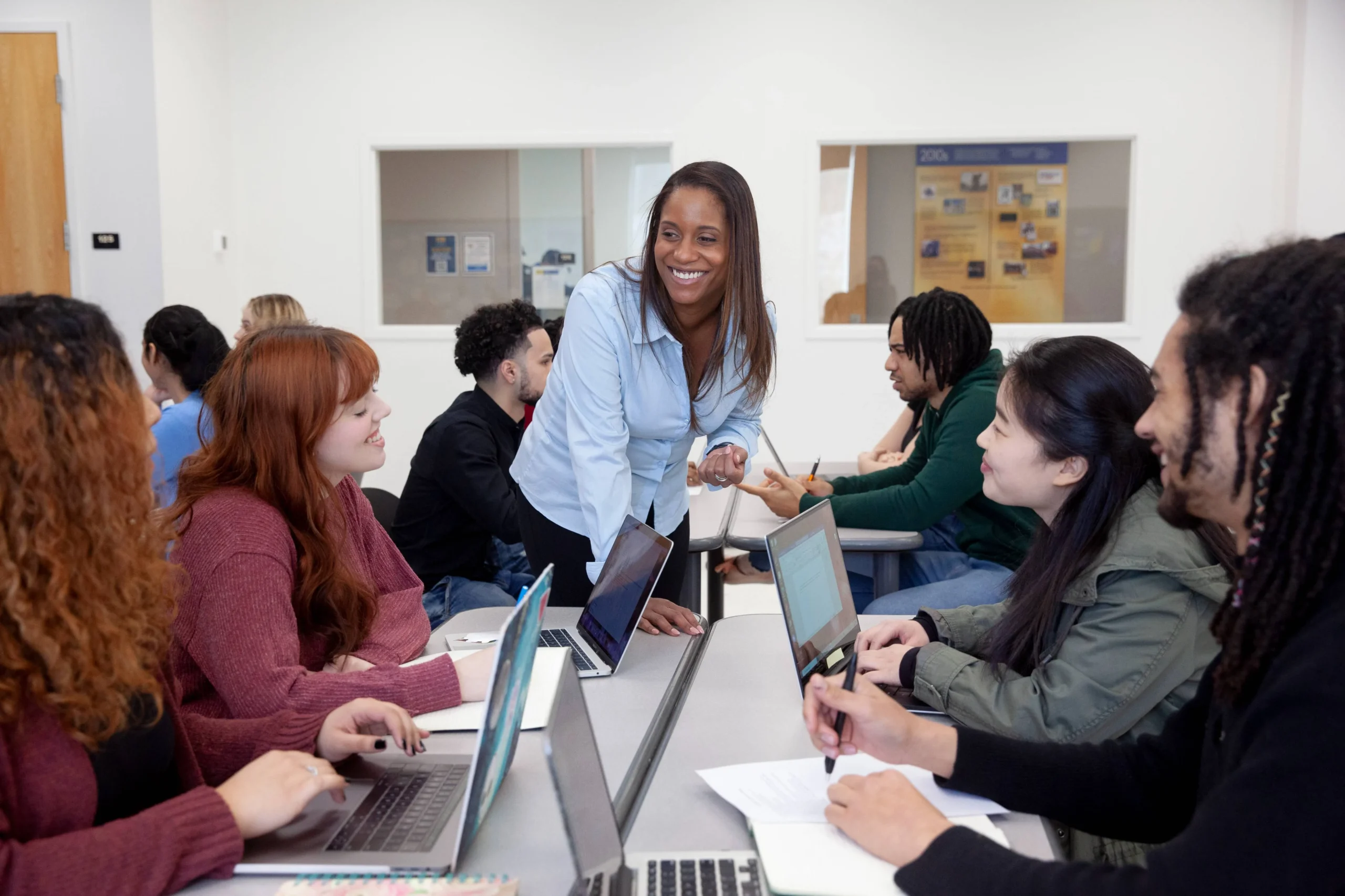To college professors, the back row of a classroom can be where student engagement goes to die.“The back row is full of micro-sleepers,” according to expert Dr. Stephen Brookfield, who knows from experience. “That’s what I used to do as a student!” The University of St. Thomas (MN) professor now makes it a point to spend as much time in the middle and back of a room as he does in the front. He does it starting on day one, so that all students know to be poised and ready to respond to a question or add their insights to a discussion. “I’ll go and sit in the back row and give a lecture from there, or I’ll give directions or a mini-discussion from there,” said Dr. Brookfield, who discussed a range of effective teaching practices in an interview with ACUE this week. Many of his insights will be integrated into corresponding modules for ACUE’s Course in Effective Teaching Practices. The Skillful Teacher author also fielded questions from The Q’s readers, who asked for advice on how to manage time constraints, large class sizes, and small-group discussions. His answers are below.
“Name three things an instructor should always do to facilitate learning in a large classroom? What shouldn’t you do in this setting?” — Catherine Haras, Director, Center for Effective Teaching and Learning at California State University, Los Angeles
SB: Just because you’re in an auditorium, with fixed rows of seating, doesn’t mean you should not do those things. As a teacher, I feel you have to work with what you’re given, and I’m not going to stop doing all these participatory activities just because I’m in a big auditorium.
You have to engineer regular opportunities for them to be involved, by asking questions and getting everybody to respond—through social media or by using clicker poll questions and by having a live feed open during the class. That allows students to ask questions anytime.
And move around! Don’t just stay fixed behind a podium or fixed next to the PowerPoint. Move up and down the aisle. Give mini-lectures from different parts of the auditorium. That’s particularly effective if you’re trying to get across to students that there are three or four different ways of understanding a piece of material, You stand at three or four different points in the auditorium and you explain each of those ways from a different point in the auditorium.
I’ve gone and sat in the back row sometimes because the back row is full of micro-sleepers. That’s what I used to do as a student! So I’ll go and sit in the back row and I’ll give a lecture from there or I’ll give directions or a mini-discussion from there.
“How do you know when a discussion has gone on too long (or needs more time)? How do you manage this when you’ve got many groups discussing at once?” — Zoe Cohen, Assistant Professor, College of Medicine Tucson, The University of Arizona
SB: One of the hardest judgments to make, if you’re putting students in groups so there are multiple discussions going on, is to gauge when a discussion is at an optimal point of closing and coming back to the large group. There’s always a danger that some groups will have run out of things to say quickly and others will be really into the topic. And that’s really the nature of the beast.
What I typically do is announce roughly how much time is going to be allocated for discussion. I’ll always do that. I hope that that helps students pace the discussion.
I’ll also employ a particular protocol, typically, like a circle of voices or a circular response. Then, if it all goes awry, and I’m cutting discussions off too soon or allowing them to go on way too long, that will appear on the critical incident questionnaire for that week. And hopefully, when I get back the following week I can make suggestions to stop that happening again.
“I struggle between assigning partners/small groups with students of a similar caliber (to ensure higher level students receive more useful feedback) vs. pairing students of different levels (so lower-level students receive more useful feedback). Although instructors can ‘train’ students in providing feedback, there is no guarantee students will be fully equipped with the foundational knowledge necessary to critique one another’s work. So I’m wondering: What is the best way to pair students to make peer review as effective as possible?” — NJProfessor
SB: We all have limitations on the time available, and we’d love to clone ourselves and have three or four of us and meet with every student who’s having difficulty. But that’s not physically possible. So I think that one thing we have to think through is, how do we work with underprepared students in class?
One simple way is to make sure that those underprepared students are paired up with other students who are a little bit further ahead of them. What you don’t want to do is to pair up an underprepared student with someone who is sailing through at an A-plus level. You want to link up an underprepared student to someone who was also underprepared but you think has made a little bit more forward movement in the trajectory of their understanding; the person who’s recently been struggling is the best person to help those who are struggling right now. Someone who’s never struggled with understanding the material doesn’t really know what the struggler is talking about. So that’s been a very important insight around peer learning and clustering.







